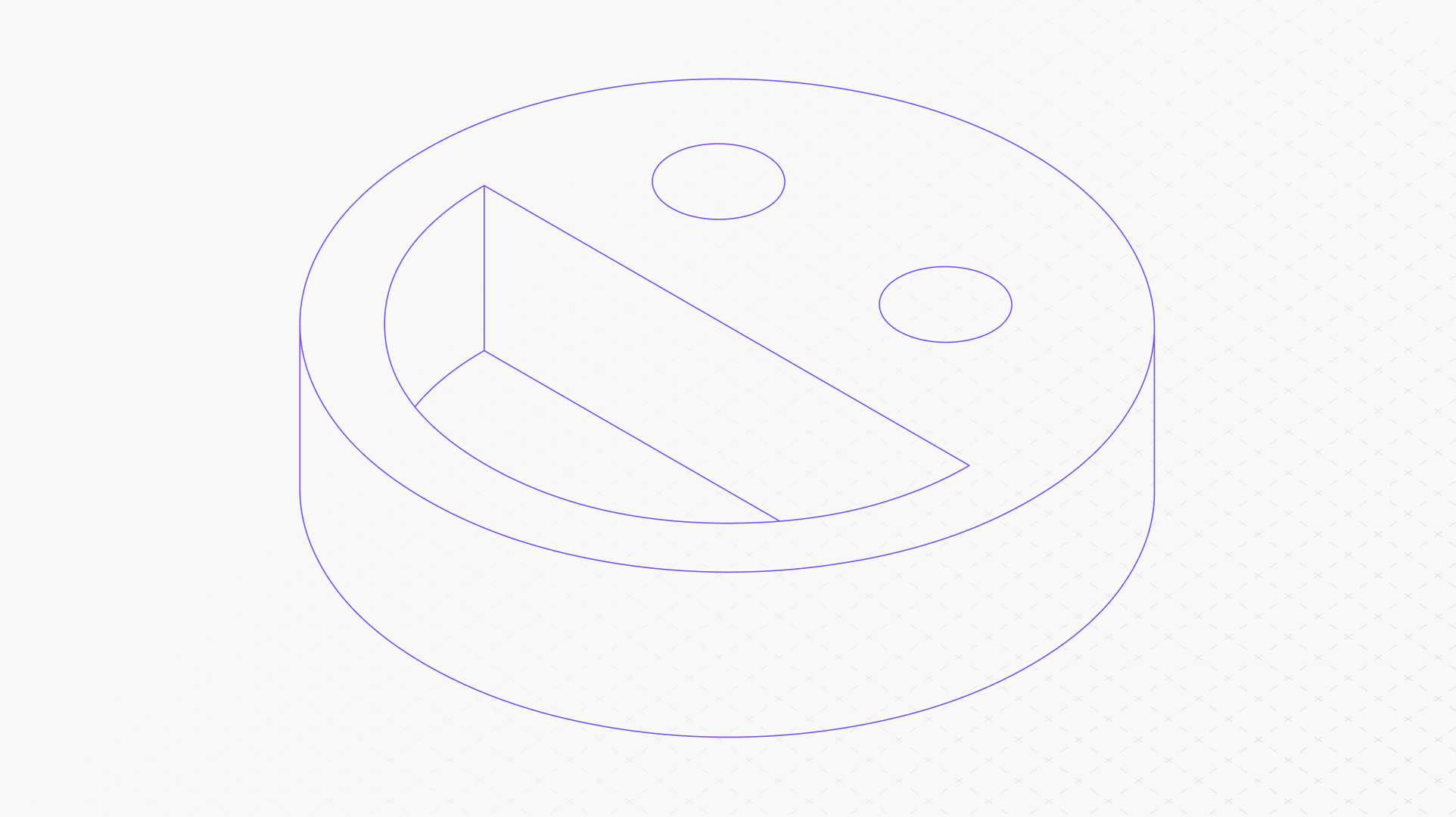Self-Test Feedback: The Missing Link in Coding Agents

In recent years, artificial intelligence has made remarkable strides in the realm of software development. Modern AI models now rival—and in some cases, surpass—most human developers in terms of raw knowledge and reasoning capabilities. They can recall intricate language details, understand vast libraries, and even navigate the architecture of large-scale projects with impressive speed. Yet, despite this intellectual prowess, the code produced by AI often falls short when it comes to real-world engineering challenges.

The reason is simple: while AI can generate solid unit code (like gru.ai) and grasp the structure of complex systems, it still struggles with the messy, unpredictable nature of real-world software engineering. The current paradigm—where a prompt goes in and code comes out—resembles more of a sophisticated autocomplete than true software development. This process, though efficient for simple tasks, is fundamentally limited. It lacks the iterative, feedback-driven refinement that is the hallmark of professional engineering.
In practice, the workflow in many teams using AI coding agents today looks like this: AI is tasked with writing code based on a given prompt or requirement, and then human developers step in to manually test, validate, and review the output. Only after this human-driven verification process is the feedback relayed back to the AI for further refinement. Ironically, this division of labor means that human engineers are often relegated to performing the more "mechanical" or "low-level" tasks—such as running tests, identifying bugs, and confirming edge cases—while the AI handles the more creative, higher-level activity of generating code.

Even the most talented human developers cannot consistently produce high-quality software on the first attempt. Task instructions are rarely complete or perfectly clear, and requirements often evolve as a project progresses. No matter how experienced the coder, untested code is almost always flawed. This is why testing—especially self-testing—is an indispensable part of the engineering process. It catches edge cases, uncovers hidden bugs, and ensures the software behaves as intended under a variety of conditions.
For AI to bridge the gap between code generation and true engineering, it must be able to test its own logic and code output autonomously. Achieving this requires more than just better algorithms—it demands a fundamental shift in how we equip AI agents. They need access to the right tools, a suitable environment, and the necessary permissions to observe and interact with the systems they are building. In other words, we must make the development process operable and observable for AI, just as it is for human engineers.
In recent years, a growing number of companies have recognized the need to empower AI agents with real, interactive development environments—so-called “working envs”—where AI can not only write code but also run, test, and debug it autonomously. Platforms like gbox.ai are pioneering this shift, offering sandboxed environments that allow AI to interact with projects in a manner much closer to how human engineers work. This trend marks a significant step forward: rather than treating AI as a one-shot code generator, these environments enable a continuous, self-driven development loop. AI can now iteratively execute, test, and refine its code, identifying and resolving issues long before anything reaches production. As more companies invest in such infrastructure, the vision of AI agents independently managing the full software lifecycle is quickly becoming a practical reality.

Moreover, empowering AI with access to logs, traces, metrics, and system telemetry unlocks a new level of sophistication. With these tools, AI can debug issues, optimize performance, and even conduct A/B tests to evaluate different approaches—mirroring the workflows of seasoned software engineers. Here lies an abundance of entrepreneurial opportunities.
The future of coding agents lies in their ability to self-test and self-improve. By providing AI with the means to observe, test, and refine its own work, we can unlock a new era of software development—one that is faster, more reliable, and ultimately more human-like in its pursuit of quality.

